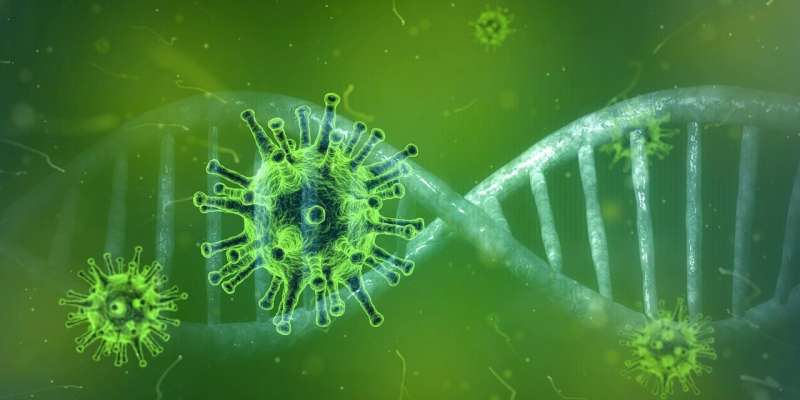Artificial intelligence has made a remarkable breakthrough in the field of virology, uncovering more than 160,000 new virus species. This discovery sheds light on the vast and largely unexplored virosphere, revealing the incredible biodiversity that exists on our planet. The study, published in Cell, represents the largest virus species discovery in a single effort, opening up a world of new possibilities for understanding the role of viruses in global ecosystems.

Unveiling the Hidden Diversity of the Viral World
The research team, led by Professor Edwards Holmes from the University of Sydney, has utilized a cutting-edge machine learning tool called LucaProt to uncover this remarkable trove of new virus species. The AI-powered algorithm was able to analyze vast amounts of genetic sequence data, including lengthy virus genomes, and organize the disparate information into a comprehensive understanding of the virosphere.
Professor Holmes emphasizes the significance of this discovery, stating, “This is the largest number of new virus species discovered in a single study, massively expanding our knowledge of the viruses that live among us. To find this many new viruses in one fell swoop is mind-blowing, and it just scratches the surface, opening up a world of discovery. There are millions more to be discovered, and we can apply this same approach to identifying bacteria and parasites.”
Exploring the Extreme Environments of the Virosphere
The researchers found that RNA viruses, commonly associated with human disease, are also thriving in some of the most extreme environments on Earth, such as the atmosphere, hot springs, and hydrothermal vents. This discovery highlights the remarkable adaptability and resilience of viruses, and it may offer clues about the origins of life on our planet.
“That extreme environments carry so many types of viruses is just another example of their phenomenal diversity and tenacity to live in the harshest settings, potentially giving us clues on how viruses and other elemental life-forms came to be,” Professor Holmes said.
The Transformative Power of AI in Biological Exploration
The development of the LucaProt algorithm has been a game-changer in the field of virus discovery. Previously, researchers relied on tedious bioinformatics pipelines, which limited the diversity they could explore. The new AI-based model offers exceptional sensitivity and specificity, allowing the researchers to delve much deeper into viral diversity.
Professor Mang Shi, the study’s institutional lead from Sun Yat-sen University, commented, “We used to rely on tedious bioinformatics pipelines for virus discovery, which limited the diversity we could explore. Now, we have a much more effective AI-based model that offers exceptional sensitivity and specificity, and at the same time allows us to delve much deeper into viral diversity. We plan to apply this model across various applications.”
